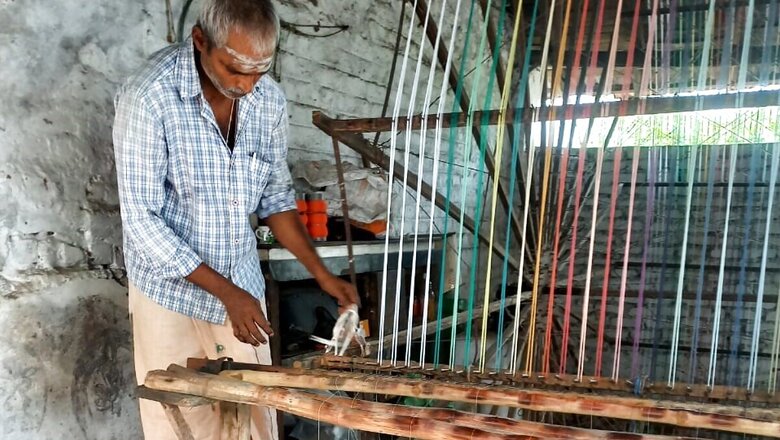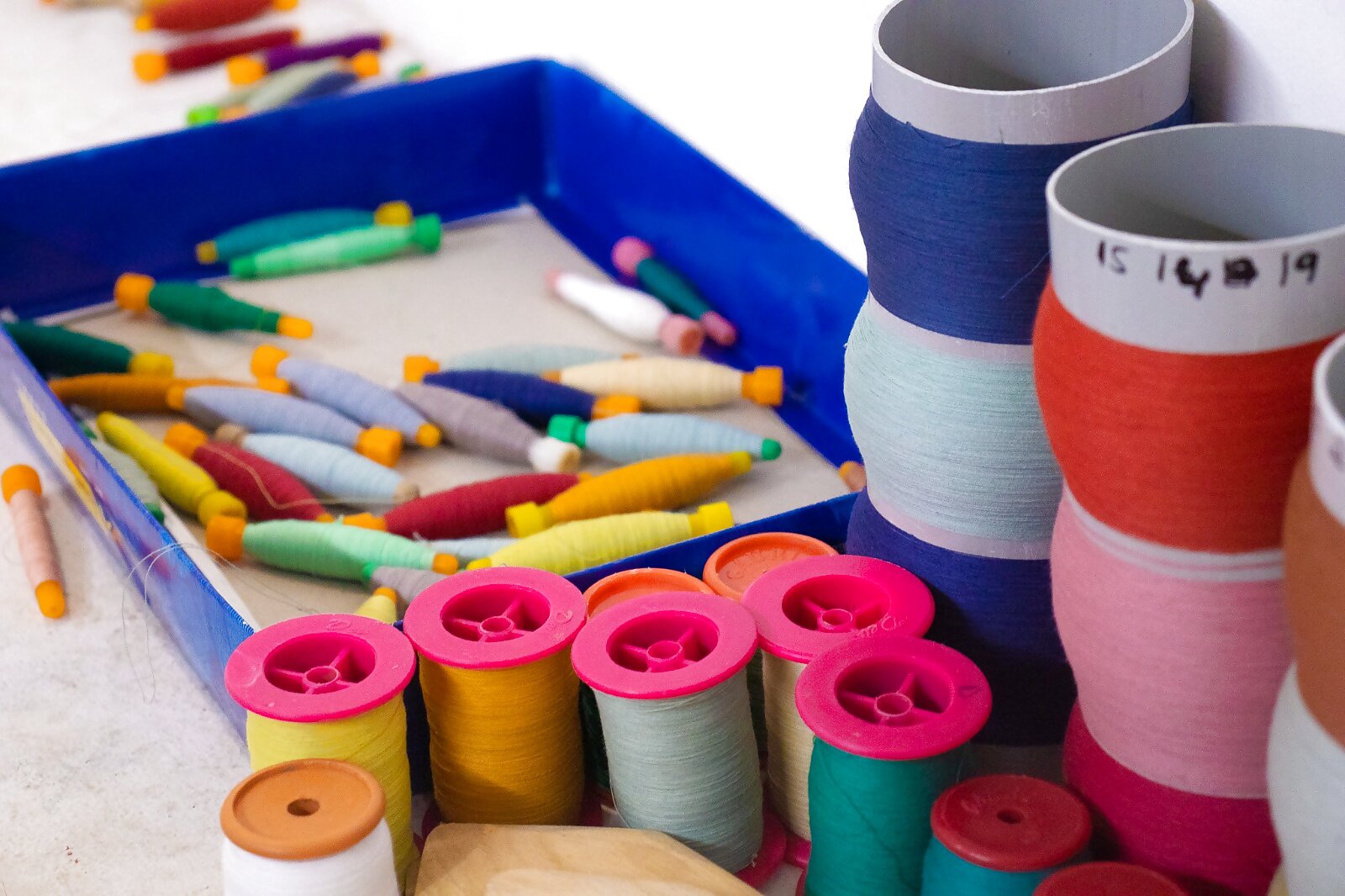
views
In a world where fashion preferences are typically short lived, there are a handful of cultural treasures that truly survive the test of time to become quintessential symbols of heritage and luxury. The Indian sarees – with their exquisite craftsmanship, comfort, and versatility – are among the few that have etched themselves in the hearts of modern enthusiasts. Whether popularized by famous actresses on screen or worn on special occasions, the timeless drape continues to be an important part of India’s story.
One such beloved Indian handloom is the Venkatgiri Saree, which finds its roots in 18th century Andhra Pradesh where it has been historically produced by a skilled community of local artisans and adorned by the royalty and riches of Southern India.
Antaran, an initiative by Tata Trusts, has been working with artisans across the country to preserve Indian crafts and culture. Based on research from personal wardrobes and albums to public archives, museums and events like its recent ‘Back To Roots’ initiative, Antaran is taking steps to revive the authentic Venkatgiri Saree.

Here’s a look at everything every saree lover must know about Venkatagiri Sarees:
- From Cotton to Silk – The Evolution of the CraftsmanshipThe original Venkatagiri sarees were made from fine cotton fabric, one of the very few Venkatgiri clusters down south who pioneered the technique. Over the past centuries, the handloom industry took a huge hit in value and demand, which adversely affected the Venkatagiri cluster. Eventually, the cotton on the loom was replaced by silk, weaving jacquard sarees that ensured enough sustainable income to the weavers.
- Anni-Butta – The Origin Story of Venkatagiri’s Local MotifsThe motifs that decorate the Venkatagiri saree are known as anni-buttas locally. The name is said to have two origins.The ‘anni’ is the ‘shed’ of warp yarns that forms when weaving. The butta that forms between the shed yarns by lifting and hand placing the extra weft was called anni-butta. Anni also in the local language means ‘many’, indicating that many elements from daily life could be made into a jamdani motif. The anni-butta directory of Venkatagiri includes an array of jamdani buttas ranging from basic geometric shapes, flowers, animals, birds, jewellery; they have even been inspired by the naya paisas to create buttas taking the forms of the naya paisa coins of the past.
- All That Glitters…Venkatagiri Sarees as a Popular Choice of the EliteThe original Venkatagiri sarees were woven with original gold and silver thread and made exclusively for the use of aristocrats and members of the palace under royal patronage. The light weight of the fabric interwoven with decor of precious materials like gold and silver gave the textile a woven air-like appearance – making it an elegant and popular choice for the nobility and elite all over south India.
- Weaving Wonders – Different Techniques For Different MotifsInstantly recognisable for their exquisite borders and motifs, Venkatagiri sarees are traditionally decorated with anni-buttas done in the Jala and Jamdani style. Jamdaani is done by hand,where the lifting and the placing of the extra weft is done by hand, hence producing a reversible motif; while Jaala is done with the help of an addai arrangement, which helps the weaver lift the warp threads along the widthwise repeat for hand placing the extra weft that forns the motif. Depending on the number of tiris used to make the butta, it becomes either reversible or irreversible.
- Closing in on the Borders – A Present-Day Look at Venkatagiri’s Unique TechniquesVenkatagiri sarees are known for their intricate Jamdani work, khaddi borders and fine cottons. But, today only less than 20 Jamdaani weavers practise in the Venkatagiri area. As a result, many intricate border techniques that are unique to Venkatagiri, such as the Pettu border, Muthu-khaddi border, and Jilla-kara khaddi border, are in very limited practice today. While few artisans have picked up the skill to make the latter two after being part of the inititative, the first (Pettu) remains extinct.
- Lights, Camera, Action! Behind The Sarada Craze of the 1970sPopularised in every household during the 1970s, one of the biggest saree trends in South India was the Sarada craze induced by actress Sarada, who especially commissioned these sarees in Venkatagiri to have alternating cotton and Zari in both the warp and weft. A result of the meticulous weaving were sarees that glimmered in the light wherever she went. This created a craze amongst the then youngsters to own a similar saree, or as it.
















Comments
0 comment